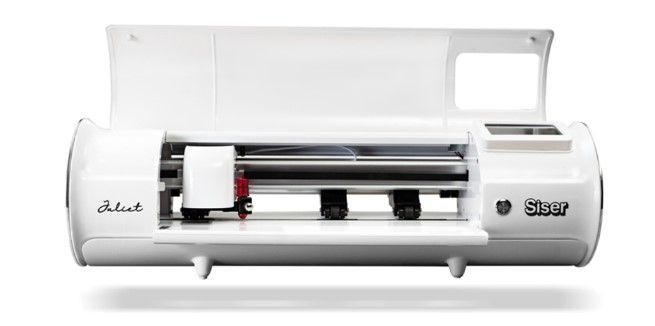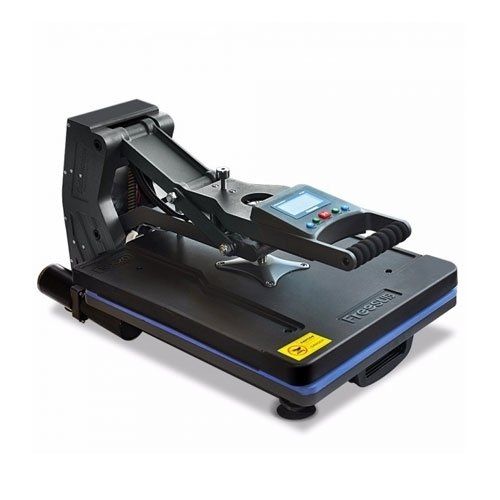Cutters
From customised garments to interesting decals

Heat transfer is the process of applying speciality vinyls (also known as media) to fabrics and other materials via heat. Vinyls can be applied in a single layer or they can be layered on top of each other to create more complex designs.
Heat transfer vinyl (HTV) comes in either rolls or as a sheet depending on how much you require. It has an adhesive backing, which allows it to be cut, weeded and then placed on the substrate in question (such as fabric), ready for heat application.
Areas We Serve
Machines Plus supplies our range of vinyl cutters, as well as related accessories and consumables, to businesses of all shapes and sizes Australia wide (including metro Melbourne, Sydney, Brisbane, Canberra, Adelaide, Perth, Hobart and Darwin plus all rural areas).
Start your business today in 3 simple steps:
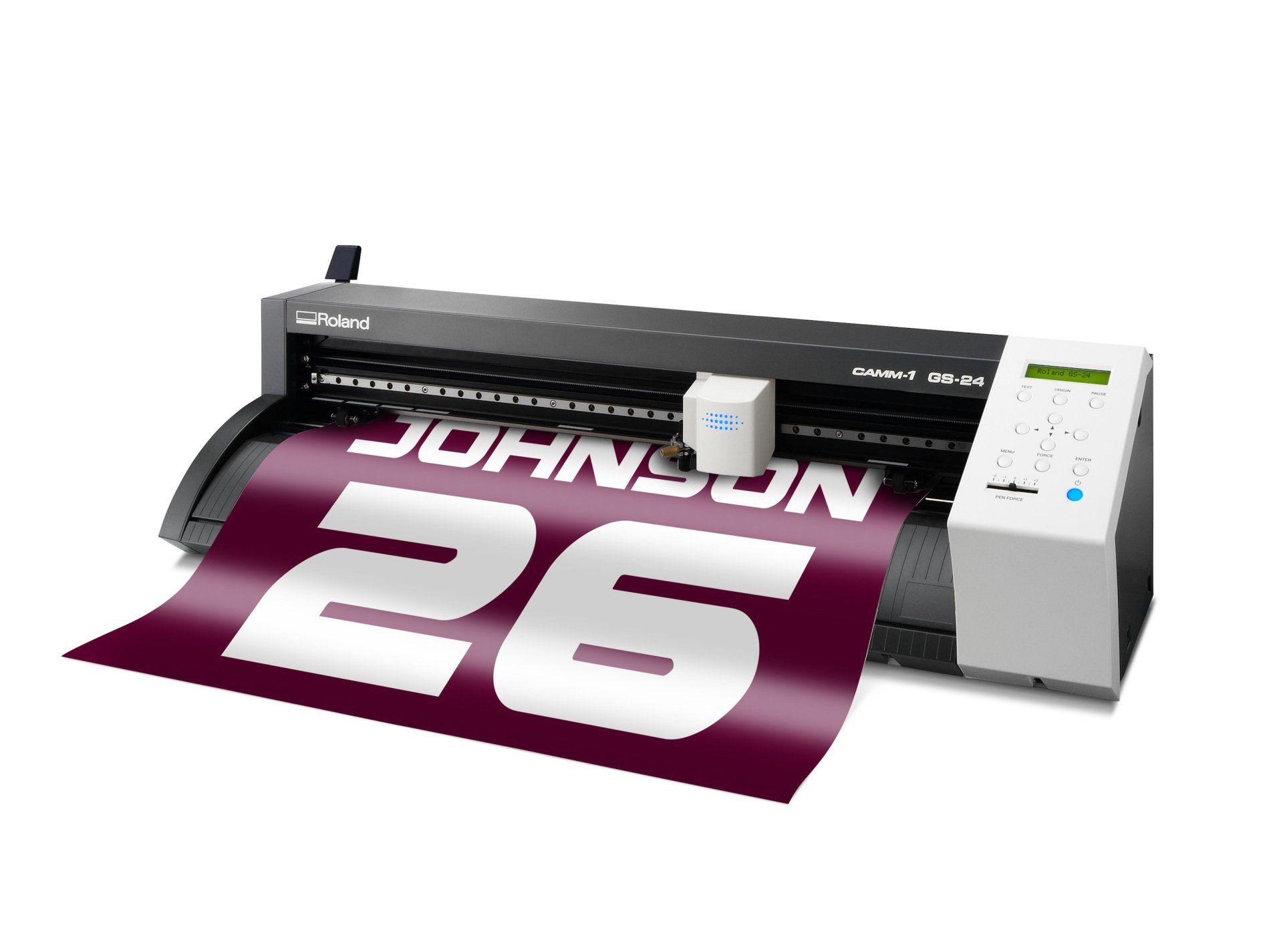
Step 1 - Invest in a Machine
A cutter will cut your designs into the vinyl.
The cutting is done using a tiny, needle-like blade; it will dull over time and need to be replaced. There are also blades of varying strengths available.
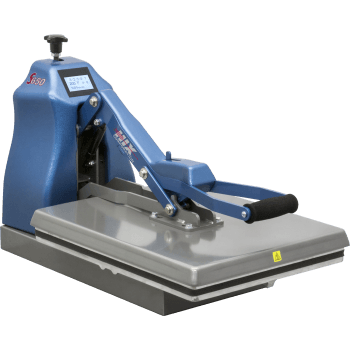
Step 2 - Invest in a Press
A good quality heat press is required for successful heat transfer.
It will remove any moisture from your garments before the vinyl is applied (moisture can affect how it adheres) and it is also responsible for adhering the vinyl or digital media to the garment or accessory you are creating.
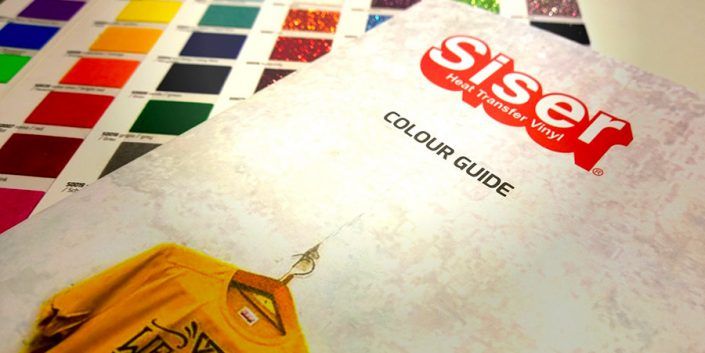
Step 3 - Choose your Media
Although garment choice is important, the HTV is vital to the appearance of the finished product.
Siser is a brand that we highly recommend for its high quality finish and longevity. If you require a budget option, please get in touch and we'll do our best to help.

"Prompt and great customer service experience! Paul and the guys have been helpful with giving us a detailed comparison with the different options available on the website. We recommend them to any printer or garment decoration business."
Kamrul Hai - Touch Printing
FAQs
Got a question? We're here to help.
-
Why should I choose heat transfer over other garment decoration methods?
Heat transfer generally requires less upfront investment when compared with other garment decoration methods, like DTG and dye sublimation. Your whole setup (a standard cutter and heat press) can cost you less than $5000. It’s also compatible with a larger array of fabric types, from cotton to polyester, which provides you with more freedom when accepting jobs. HTV is available in a wide array of colours and styles, allowing you to create vibrant images and logos that stand the test of time.
-
Why is the HTV peeling off or not adhering to my garment properly?
There are actually a number of reasons why this might be occurring. Are you peeling the backing off before it’s cooled (if it’s cool peel) or when it’s cooled too much (if it’s hot peel)? Did you leave it in the heat press long enough? Did you leave it in the press too long (which causes the vinyl to melt and not stick)? Is your heat press hot enough for the vinyl in question? Are you applying enough pressure? Is the garment you’re using appropriate for heat transfer? Could you be using poor quality vinyl?
-
Are my heat presses' settings really that important?
Yes! Your settings and application method are key to your success with HTV. There are three variables that you need to keep in mind when working with vinyl - temperature (the degree of heat you use will vary based on your vinyl/media and the garment), pressure (the amount of pressure you apply will also depend on the vinyl/media and the garment) and pressing time (this is crucial for the outcome of your project, as too little time will not adhere the vinyl correctly and too much time could damage it).
-
Does the vinyl withstand washing?
Yes, there is absolutely nothing stopping you from washing HTV garments the same way that you wash other clothing. It should be noted, however, that incorrectly drying your garment could cause the vinyl to peel. Although it is best to air dry where possible, if you need to place a garment into the dryer you need to double check whether it should be dried on a cool (no heat) setting or not. Every vinyl is different; you can find more washing instructions on the information page for each vinyl type.

